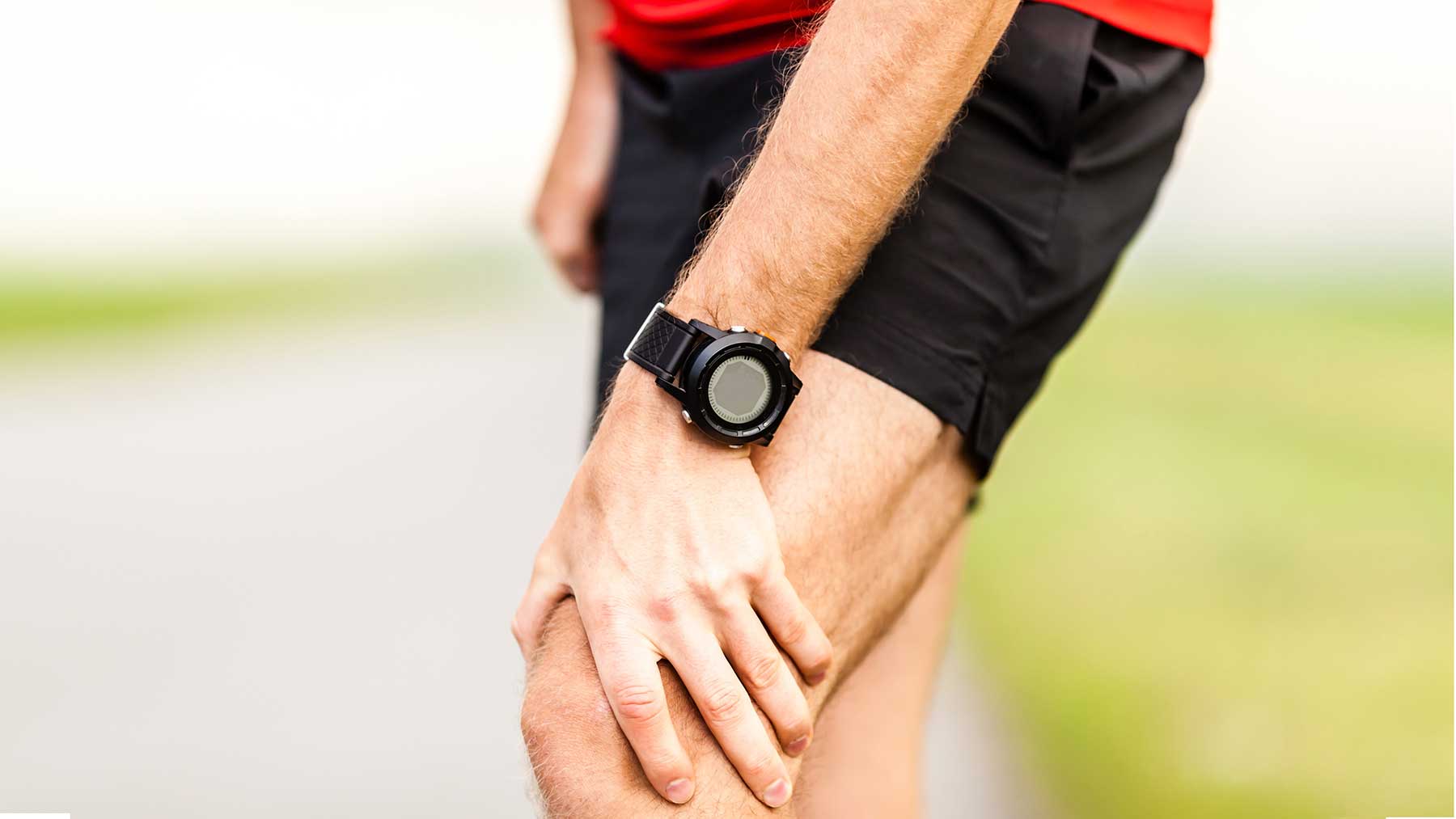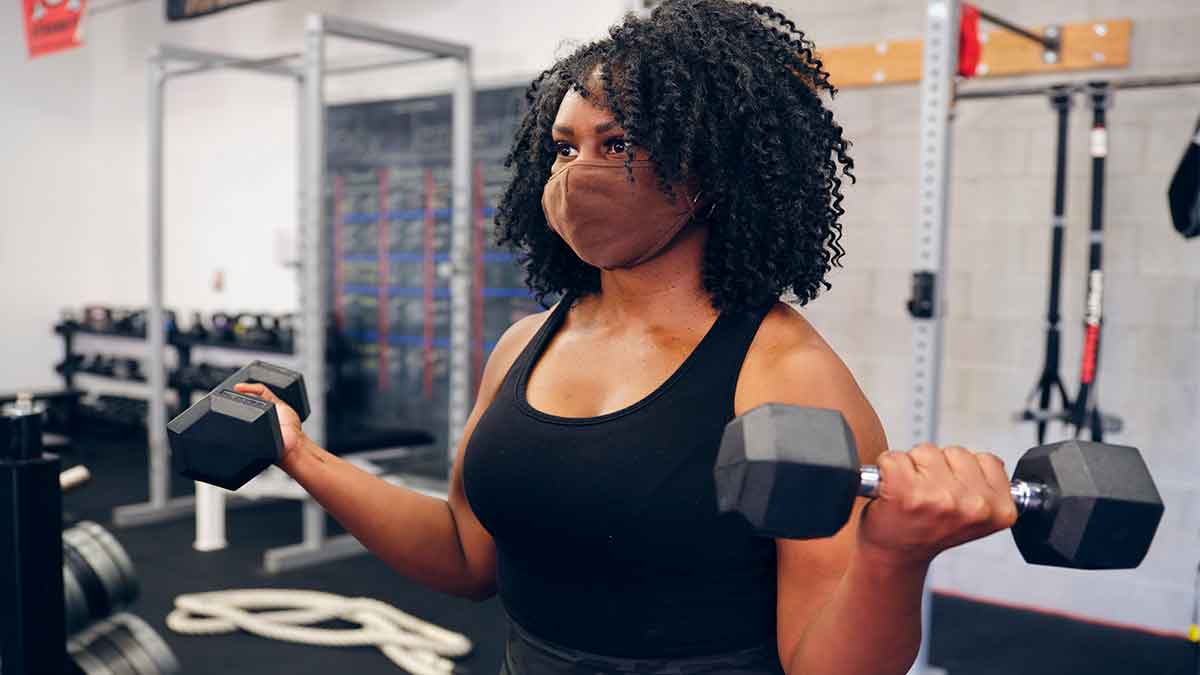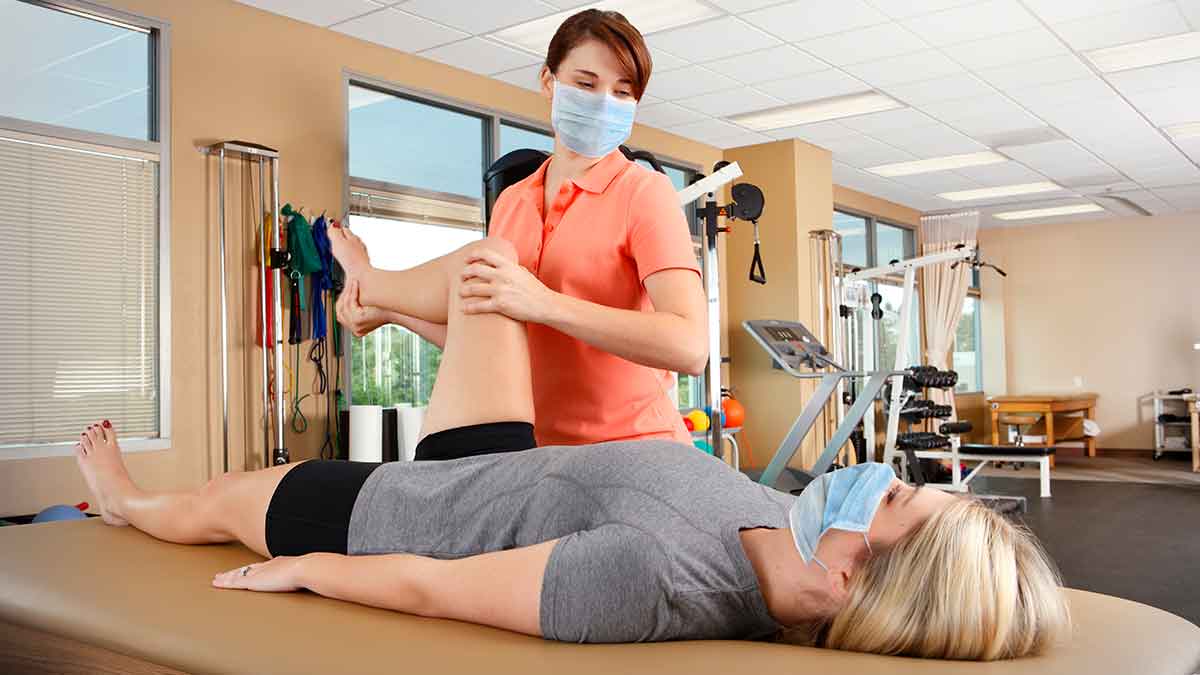Runners: How to tell knee pain from an injury

Distance running leads to a lot of wear and tear on your knees, and pain is to be expected. But when is it a sign of something more serious?
Tim Miller, MD, an orthopedic surgeon at The Ohio State University Wexner Medical Center, explains how knee injuries happen and what can be done to prevent and fix them.
1. Why are runners prone to developing knee injuries?
Regular distance running causes repetitive impact on the bones and soft tissue of the knee. The tissues most affected are the cartilage and meniscus. Knee damage starts in the tissue and, after enough wear on the cartridge, will spread to the bone.
2. Who is more likely to get a knee injury while running?
Dr. Miller explains that runner’s knee is more common in women, likely due to the angle of their knee joints and generally weaker hip adductors and quad muscles. Women who run regularly should be sure to stretch and strengthen these muscles, and ice any sharp knee pains right away. While Dr. Miller stresses that there is no conclusive evidence that women are at higher risk for knee injuries, there are observable differences in the ways men and women absorb the shock of running.
3. When does knee pain become serious?
To tell normal pain from more serious signs of injury, look out for sharp pains inside the knee or along the joint lines. Also pay attention to how the knee looks and feels; any external swelling or locking when you move the knee is a sign of more serious injury, especially if it persists after three days of rest.
You can continue working out with knee pain, but Dr. Miller stresses paying attention to how you’re feeling and not pushing your body when hurting. If the pain gets any worse, or persists after two weeks, stop running and consult help.
4. How can runners prevent knee injuries?
Knee injuries are treatable, but it’s best to prevent them in the first place. Stretching, both before and after working out, is a good way to make muscles more resistant to use. Add some light weight lifting to develop strength in the hip abductors, quadriceps and hamstrings. Check out this blog post for more information on the benefits of regular stretching.
Dr. Miller recommends that any serious runner have two pairs of shoes that they alternate between for workouts. Replace a pair after 300-400 miles. Worn out shoes don’t absorb shock very well, so alternating them avoids overuse and keeps your joints protected.
Your running form might also have something to do with injury. Improper form will put stress on different parts of the knee, so you may be able to prevent injury by changing the way you run. The Wexner Medical Center offers gait analysis services that can identify form problems and provide solutions to fix them.
So when should I see a doctor for my knee pain?
Injury can still occur even after you’ve taken proper preventive measures. Depending on how severe the injury is, you may be able to treat it yourself.
If the persists after a few days, take over the counter anti-inflammatory medicine, such as Ibuprofen or Advil.
Alongside the medication, you can employ the R.I.C.E. method to help reduce swelling and pain. R.I.C.E. refers to:
- Rest. Stop working out completely, or switch to a lower-impact activity, like swimming or biking.
- Ice. Place ice on the injury for 15-20 minutes at a time, taking an hour break between sessions.
- Compression. Wear a compression sleeve over the inflamed area.
- Elevation. When icing, prop the knee above the heart to get the blood flowing out of the damaged area.
R.I.C.E. and the medication should reduce swelling and pain. However, if this proves ineffective and the pain persists after two more weeks, it may be time to contact a Sports Medicine or Endurance Medicine specialist. Treating a knee injury may be as simple as prescribing medicine or an injection, or as involved as therapy or surgery, depending on the severity.
Pain is unavoidable, but serious injury doesn’t have to be. Knowing how your body responds to strain and how to respond to it can make a world of difference for the long-term health of your knees.




